Ever Wonder if YOU Have Attention Deficit/Hyperactivity Disorder (ADD/ADHD)?
Posted on January 27, 2009 by Debra Burdick
Share the post "Ever Wonder if YOU Have Attention Deficit/Hyperactivity Disorder (ADD/ADHD)?"
We often hear about Attention Deficit/Hyperactivity disorder (ADD/ADHD) in our lives today. Have you ever wondered if you have it, or perhaps your child or spouse? In fact, ADHD was diagnosed in approximately 8%-10% of the school-age population in the 2000 census, 60% of whom eventually become adults with ADHD. This translates into approximately 4% of adults. That’s a lot of people.
The symptoms of ADHD may resemble other medical conditions or behavior problems. For example, learning disabilities are sometimes discovered when a person appears to have ADHD and often co-occur with ADHD. Adults as well as children may be hyperactive and distractible if they are suffering from food sensitivities, too much sugar or caffeine, allergies, chemical sensitivities, food additives, chronic illness, heavy metal exposure, chronic stress, anxiety, fear, a chaotic home life, or sleep deprivation including sleep apnea. I recommend you consult a holistic health practitioner and a pediatric allergist for a full assessment.
And let’s not forget that poor concentration is one of the symptoms of depression as well as anxiety. Often these occur together. An adult or a child who can’t concentrate, gets yelled at all the time, and perhaps feels like a failure is prone to depression as well as anxiety. No wonder depression is common in people with ADHD. Learning is more difficult, organizing is tough, social skills are affected, relationships are rocky, getting things done is harder, holding down a job can be impossible for some, and childhood behavior is often very difficult to manage.
ADHD is defined in the Diagnostic Statistical Manual for Mental Disorders (DSM-IV TR) used to diagnose all mental disorders, as a disorder of childhood. It includes a pattern of poor concentration, organization, and task completion and may also include impulsivity and hyperactivity – all that are abnormal for developmental age. It is interesting that although 4% of adults have ADHD, it is still categorized in the DSM-IV TR as a childhood disorder. When making a diagnosis in an adult, some of the wording needs to be modified to adjust to adult activities. But an adult with ADHD was once a child with ADHD and can often remember how their childhood was affected by ADHD. Remember each person is unique and may experience these symptoms differently.
The criteria are presented here in modified form in order to make them more accessible to the general public. They are listed here for information purposes only, but if you are like me, you like to know as much as possible. Only trained health care providers can diagnose or treat ADHD.
DSM-IV Criteria for ADHD
I. Either A or B:
A. Six or more of the following symptoms of inattention have been present for at least 6 months to a point that is disruptive and inappropriate for developmental level:
Inattention
- Often does not give close attention to details or makes careless mistakes in schoolwork, work, or other activities.
- Often has trouble keeping attention on tasks or play activities.
- Often does not seem to listen when spoken to directly.
- Often does not follow instructions and fails to finish schoolwork, chores, or duties in the workplace (not due to oppositional behavior or failure to understand instructions).
- Often has trouble organizing activities.
- Often avoids, dislikes, or doesn’t want to do things that take a lot of mental effort for a long period of time (such as schoolwork or homework).
- Often loses things needed for tasks and activities (e.g. toys, school assignments, pencils, books, or tools).
- Is often easily distracted.
- Is often forgetful in daily activities.
B. Six or more of the following symptoms of hyperactivity-impulsivity have been present for at least 6 months to an extent that is disruptive and inappropriate for developmental level:
Hyperactivity
- Often fidgets with hands or feet or squirms in seat.
- Often gets up from seat when remaining in seat is expected.
- Often runs about or climbs when and where it is not appropriate (adolescents or adults may feel very restless).
- Often has trouble playing or enjoying leisure activities quietly.
- Is often “on the go” or often acts as if “driven by a motor”.
- Often talks excessively.
Impulsivity
- Often blurts out answers before questions have been finished.
- Often has trouble waiting one’s turn.
- Often interrupts or intrudes on others (e.g., butts into conversations or games).
II. Some symptoms that cause impairment were present before age 7 years.
III. Some impairment from the symptoms is present in two or more settings (e.g. at school/work and at home).
IV. There must be clear evidence of significant impairment in social, school, or work functioning.
V. The symptoms do not happen only during the course of a Pervasive Developmental Disorder, Schizophrenia, or other Psychotic Disorder. The symptoms are not better accounted for by another mental disorder (e.g. Mood Disorder, Anxiety Disorder, Dissociative Disorder, or a Personality Disorder).
Based on these criteria, three types of ADHD are identified:
- ADHD, Combined Type: if both criteria 1A and 1B are met for the past 6 months
- ADHD, Predominantly Inattentive Type: if criterion 1A is met but criterion 1B is not met for the past six months
- ADHD, Predominantly Hyperactive-Impulsive Type: if Criterion 1B is met but Criterion 1A is not met for the past six months.
American Psychiatric Association: Diagnostic and Statistical Manual of Mental Disorders, Fourth Edition, Text Revision. Washington, DC, American Psychiatric Association, 2000.
Most symptoms seen in adults and children with ADHD also occur at times in people without this disorder. However, in people with ADHD, these symptoms occur more frequently and interfere with learning, school adjustment, employment, and often with relationships with others. And in order for a diagnosis to be made, the symptoms had to have been present before age 7 and not be better accounted for by another diagnosis. Thus, true ADHD isn’t something one gets later on in life. You essentially come with it.
People with ADHD tend to be very bright. Many famous people including inventors, scientists, and actors have ADHD. They tend to think outside the box and come up with extremely creative ideas. They often have lots of energy and spunk and can be a lot of fun.
ADHD is a pattern that shows up in all areas of your life. Often, when children are diagnosed with ADHD a parent realizes they have been dealing with it themselves for their whole life. They often describe a sense of relief at knowing what ‘it’ is. Remember that issues with concentration can come and go and be in normal ranges. And memory tends to slip a bit as we age. But a pervasive pattern of poor concentration, forgetfulness, losing things, not finishing tasks, making impulsive decisions, and not being able to sit still may be worth checking out with a psychotherapist that specializes in ADHD.
I would love to hear your personal experiences with this topic.
Categories: ADHD, Anxiety, Articles, Chronic Illness, Depression, Sleep

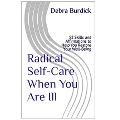

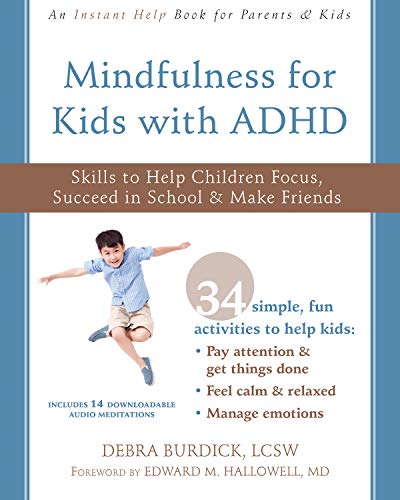
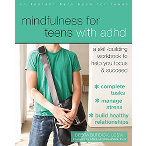
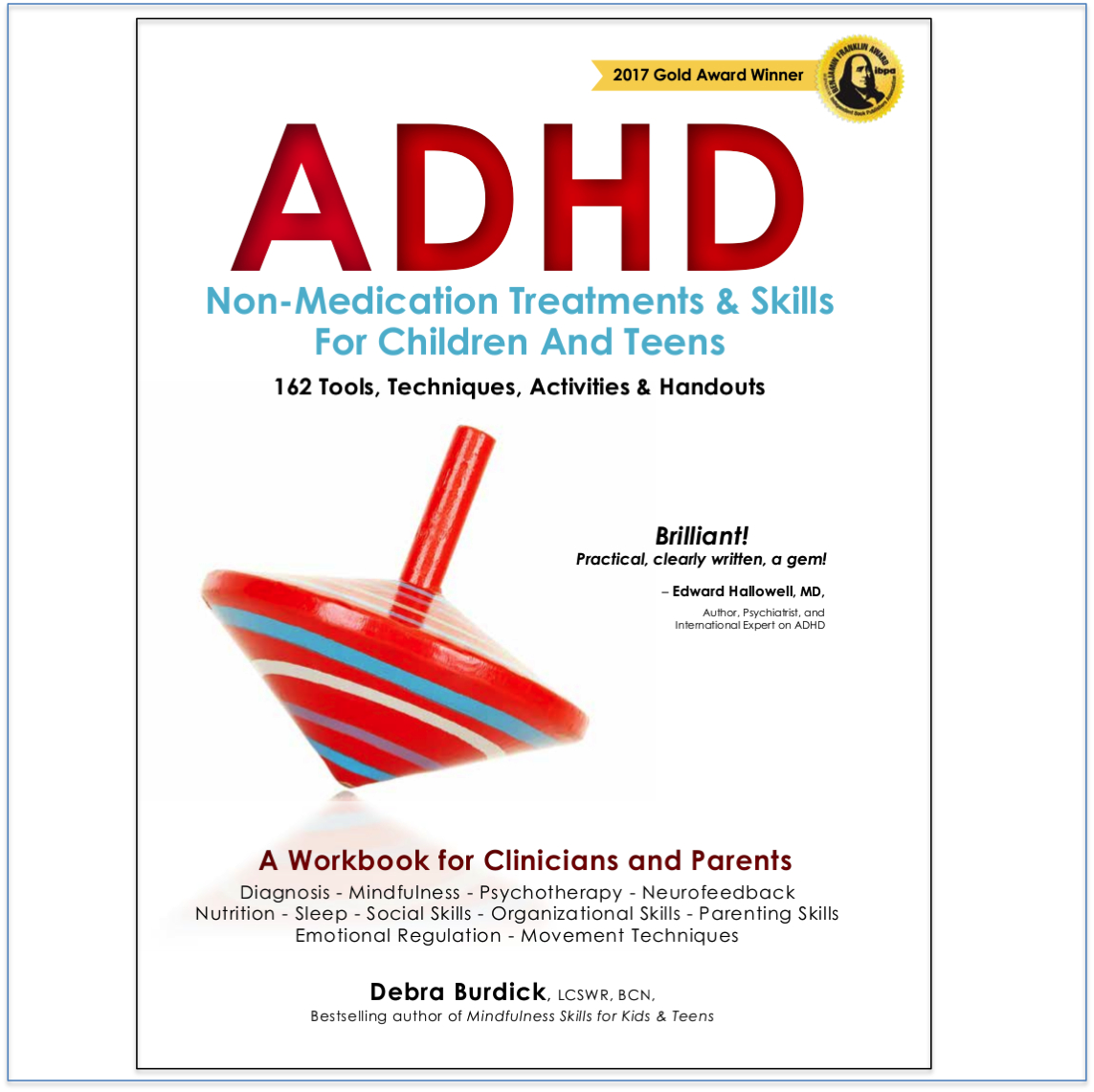
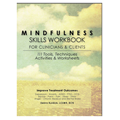
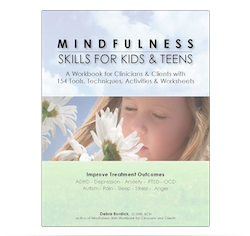
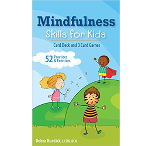
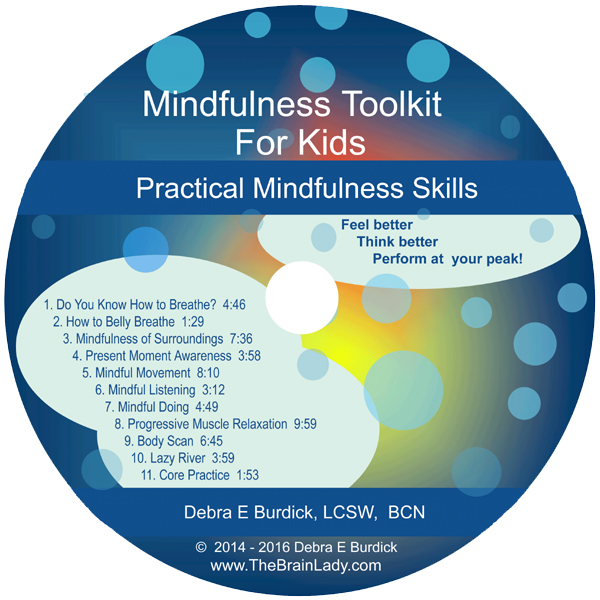
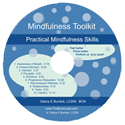
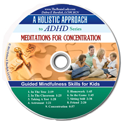
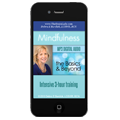
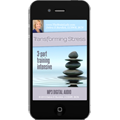
No comments yet. You should be kind and add one!
The comments are closed.